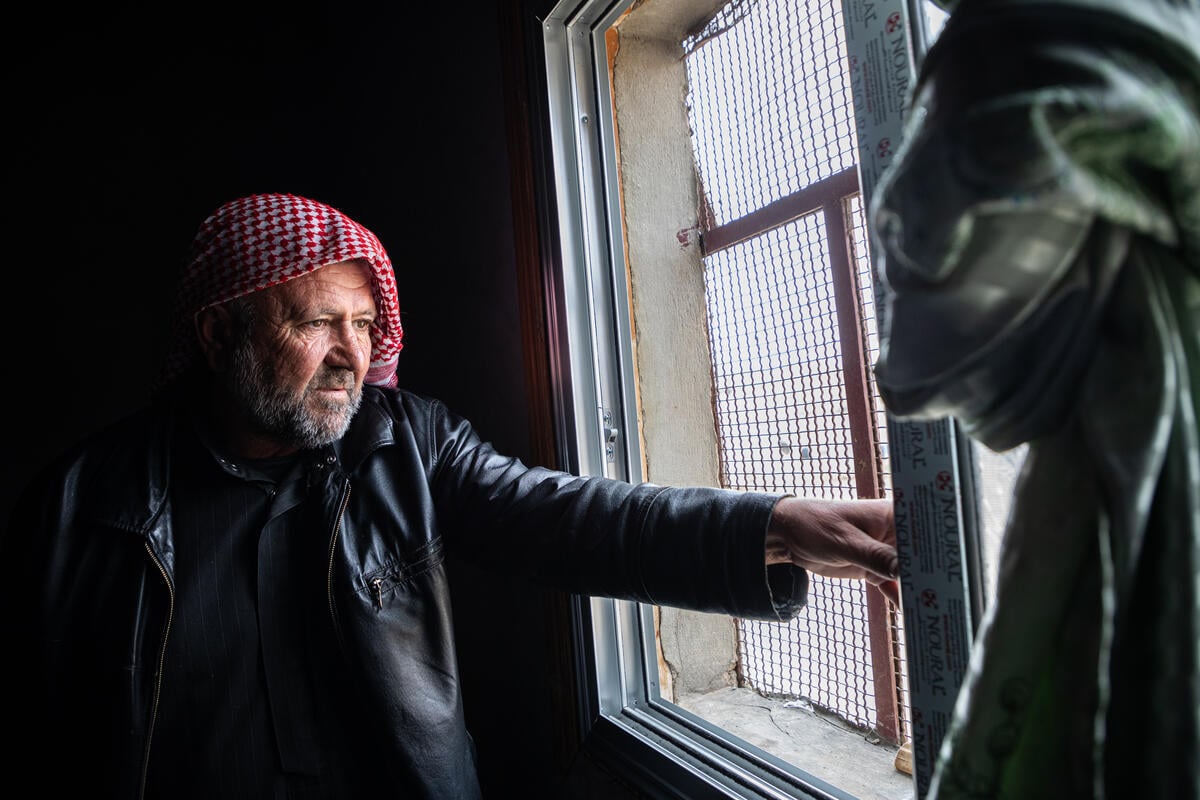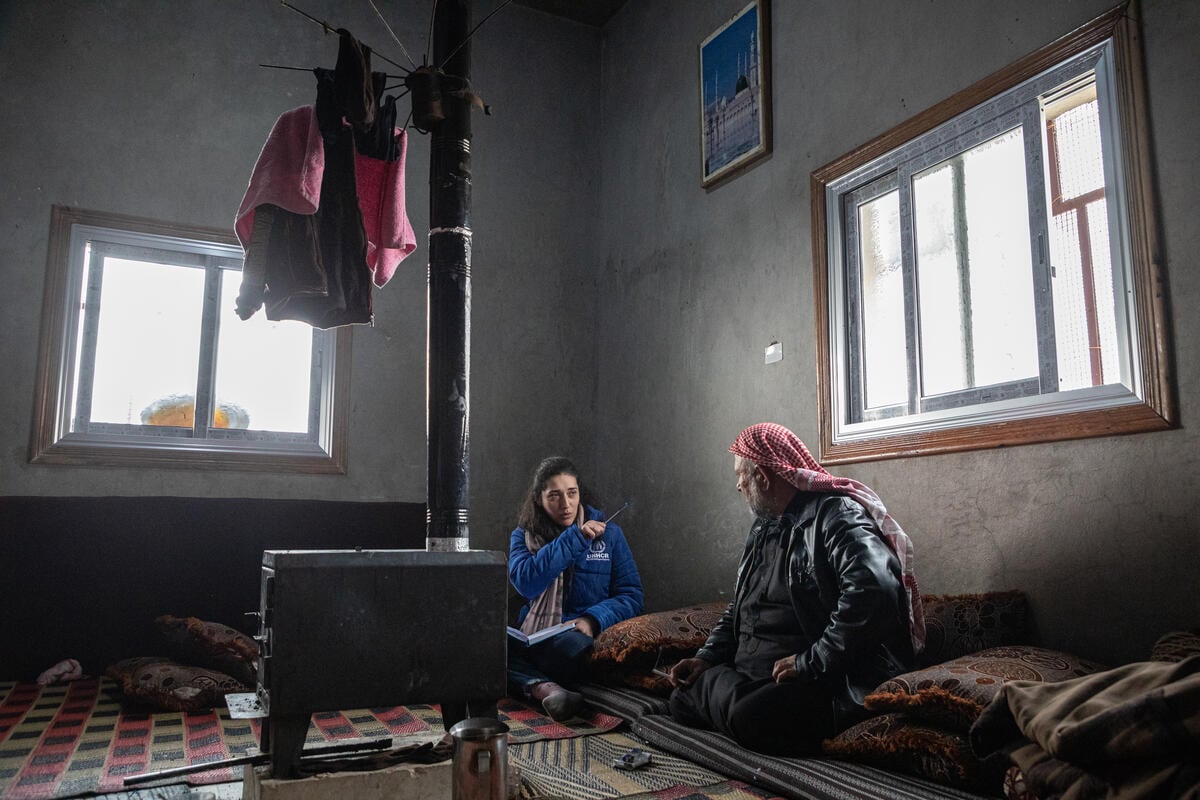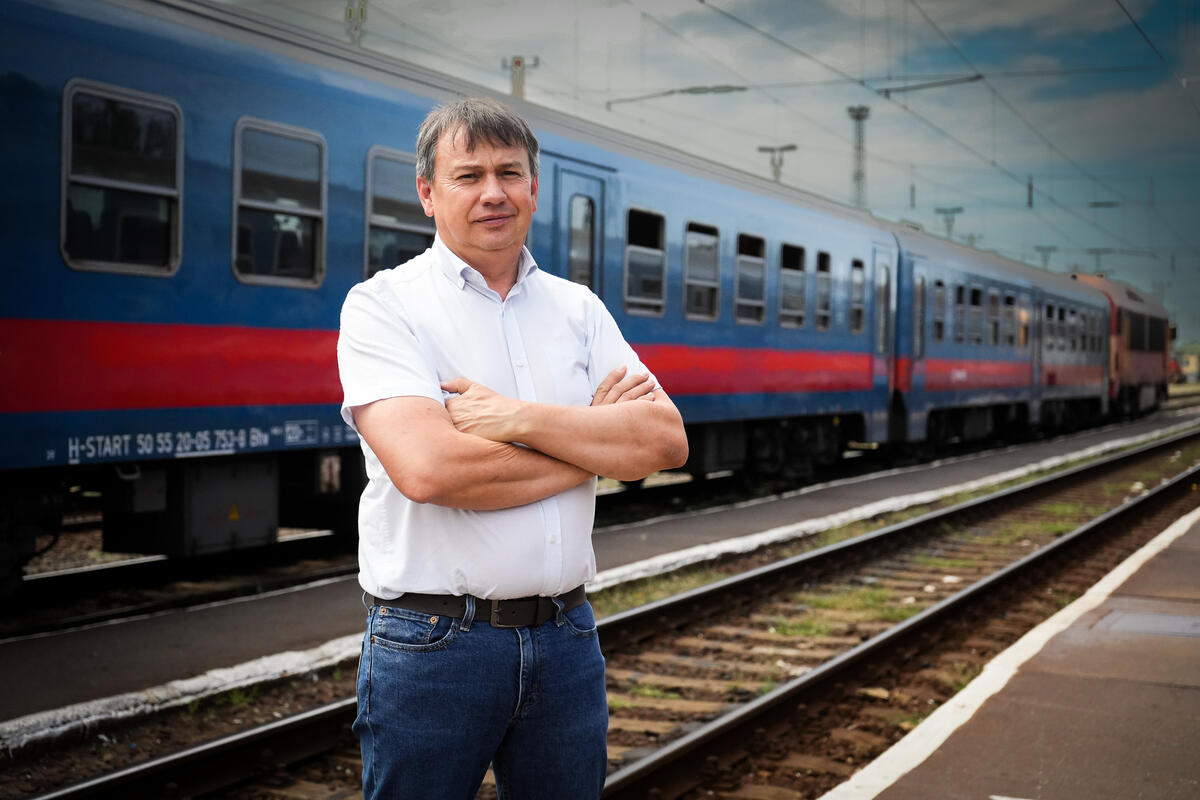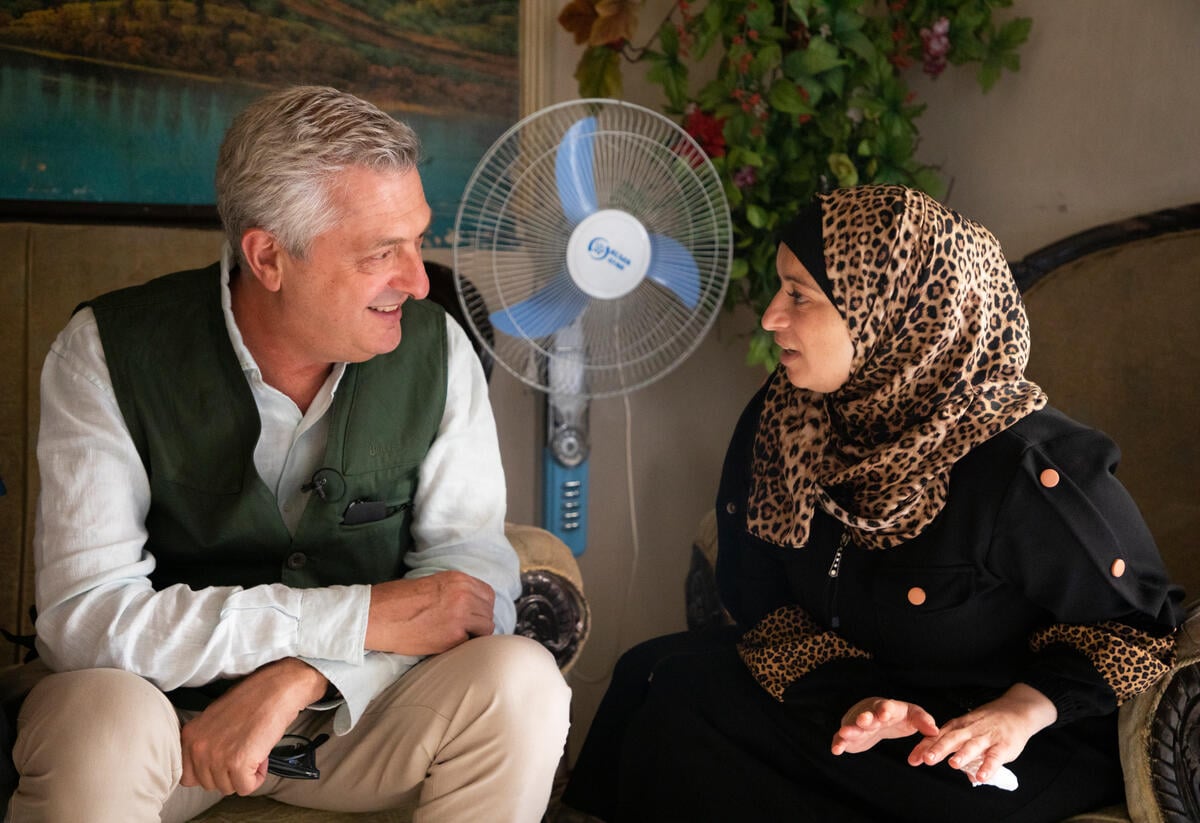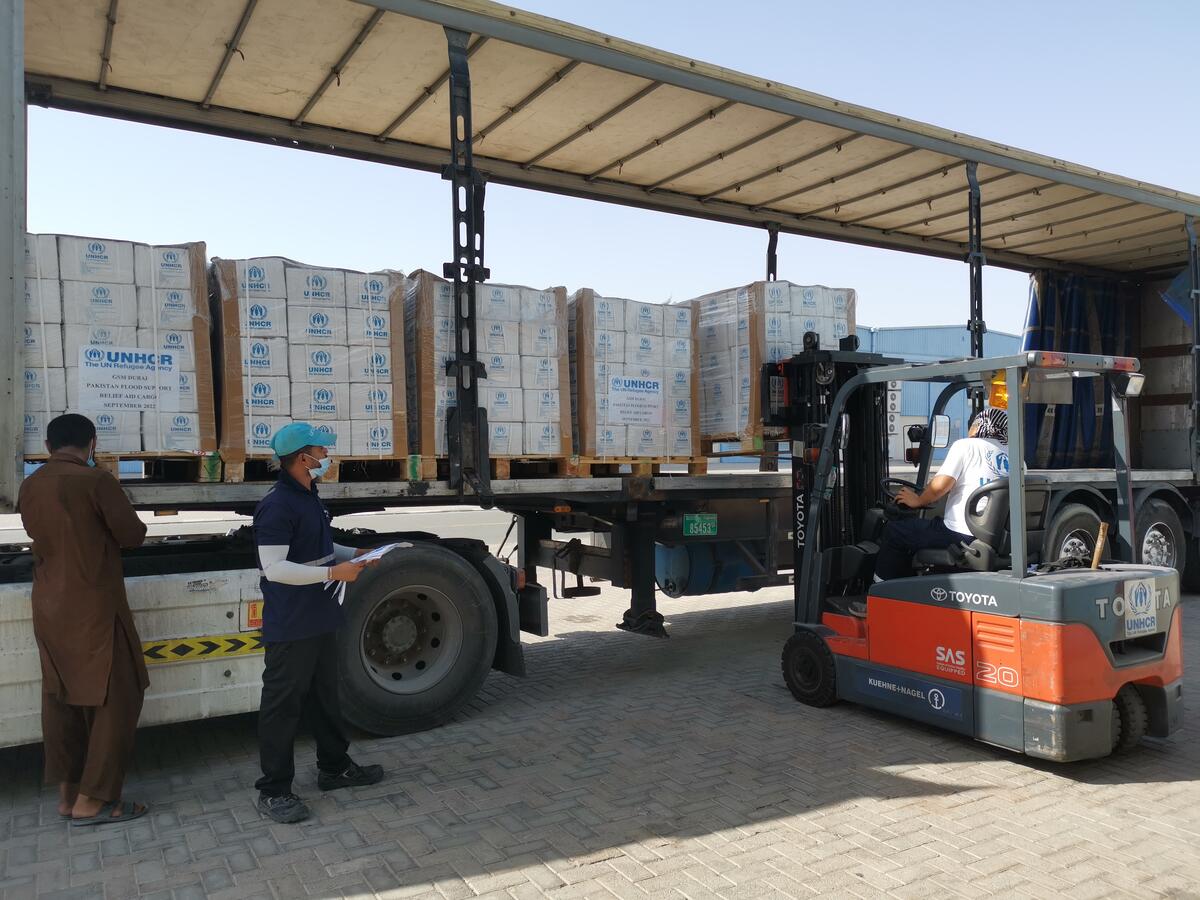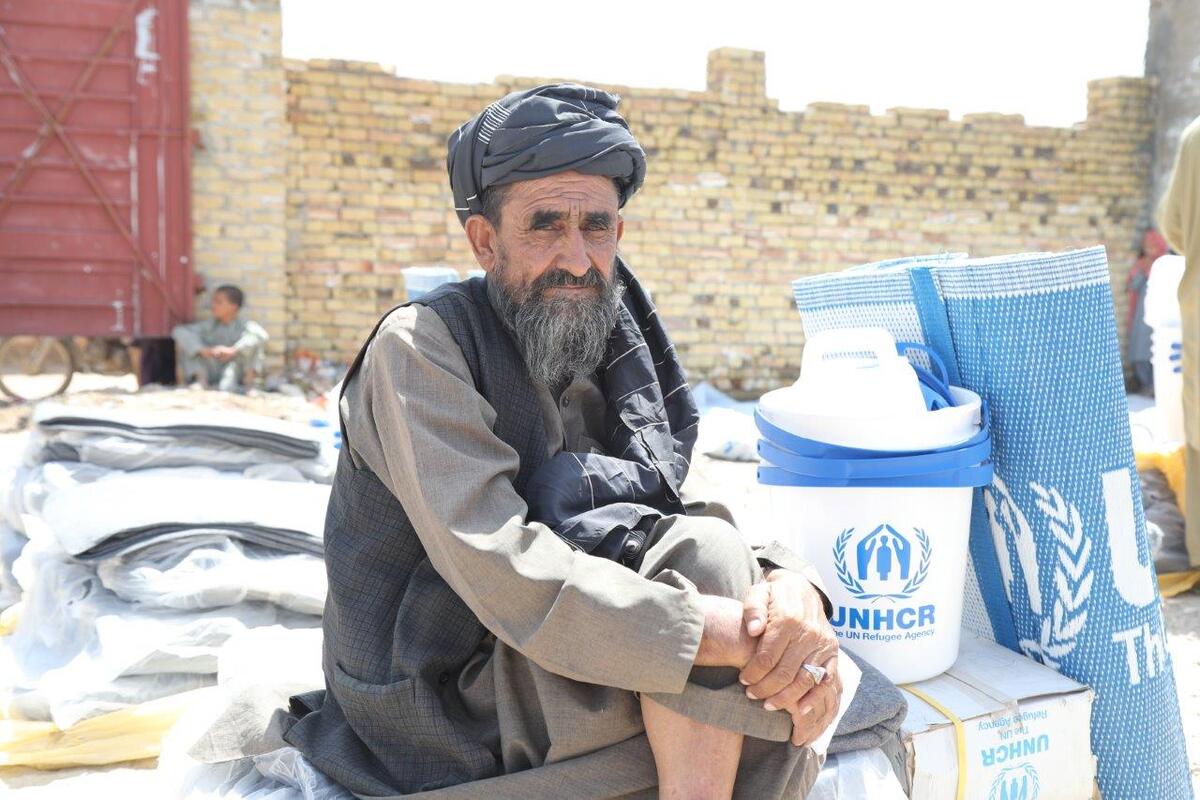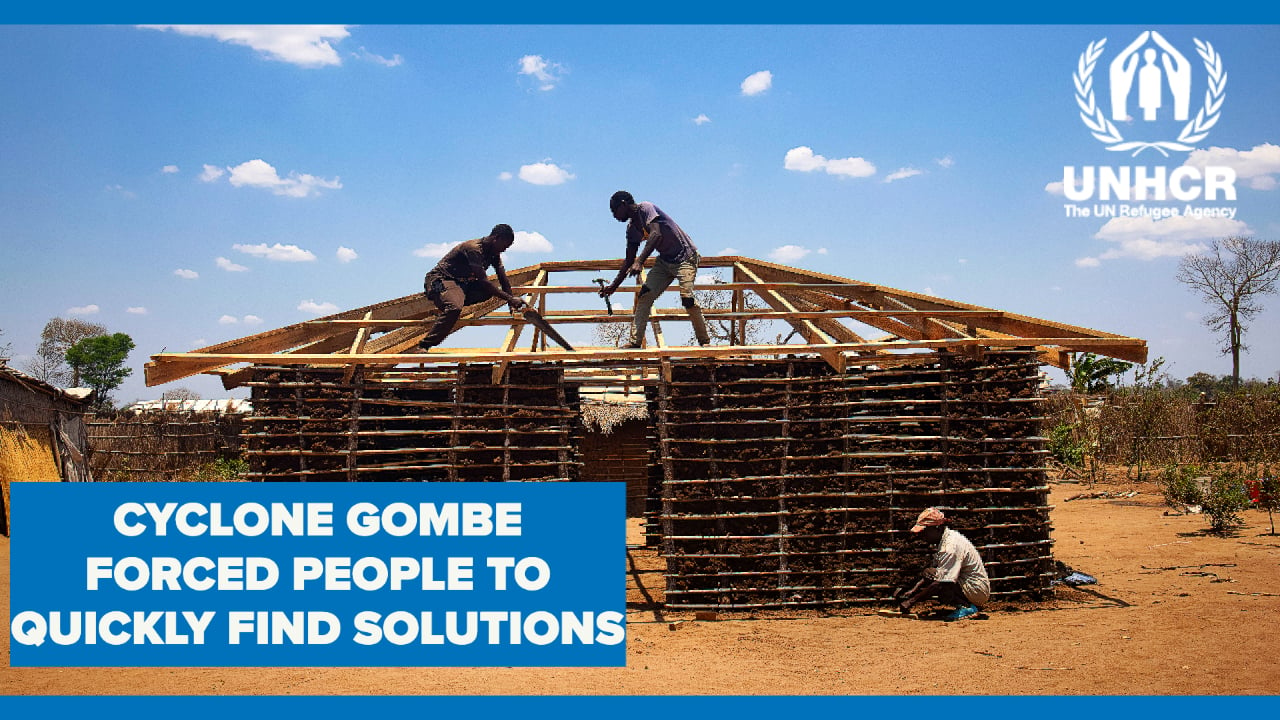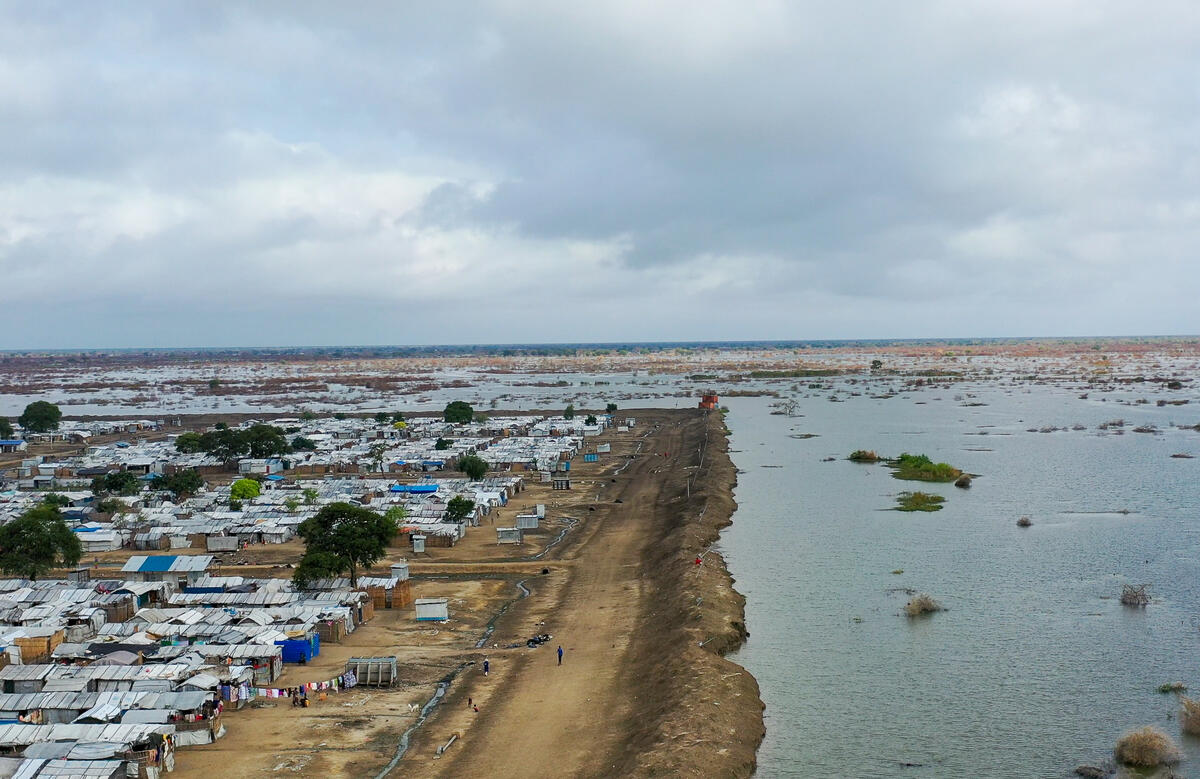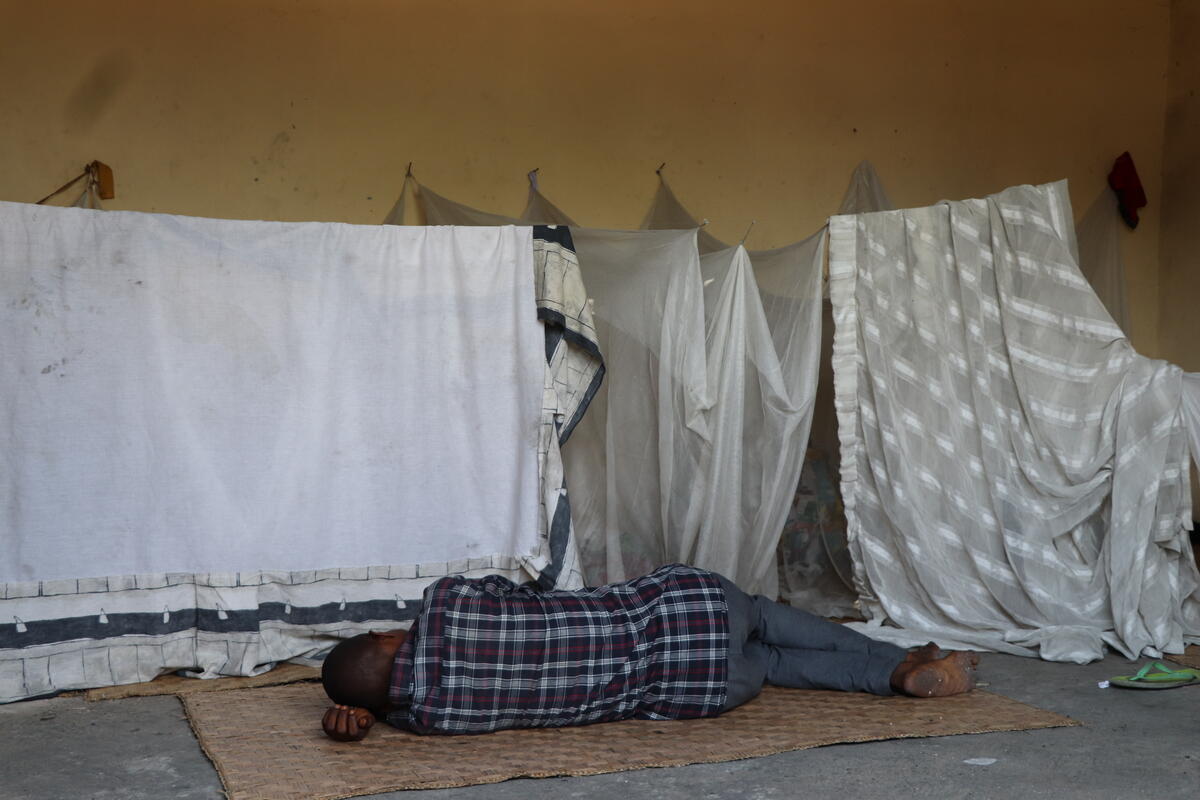Renovating homes helps rebuild lives in northern Syria
Renovating homes helps rebuild lives in northern Syria
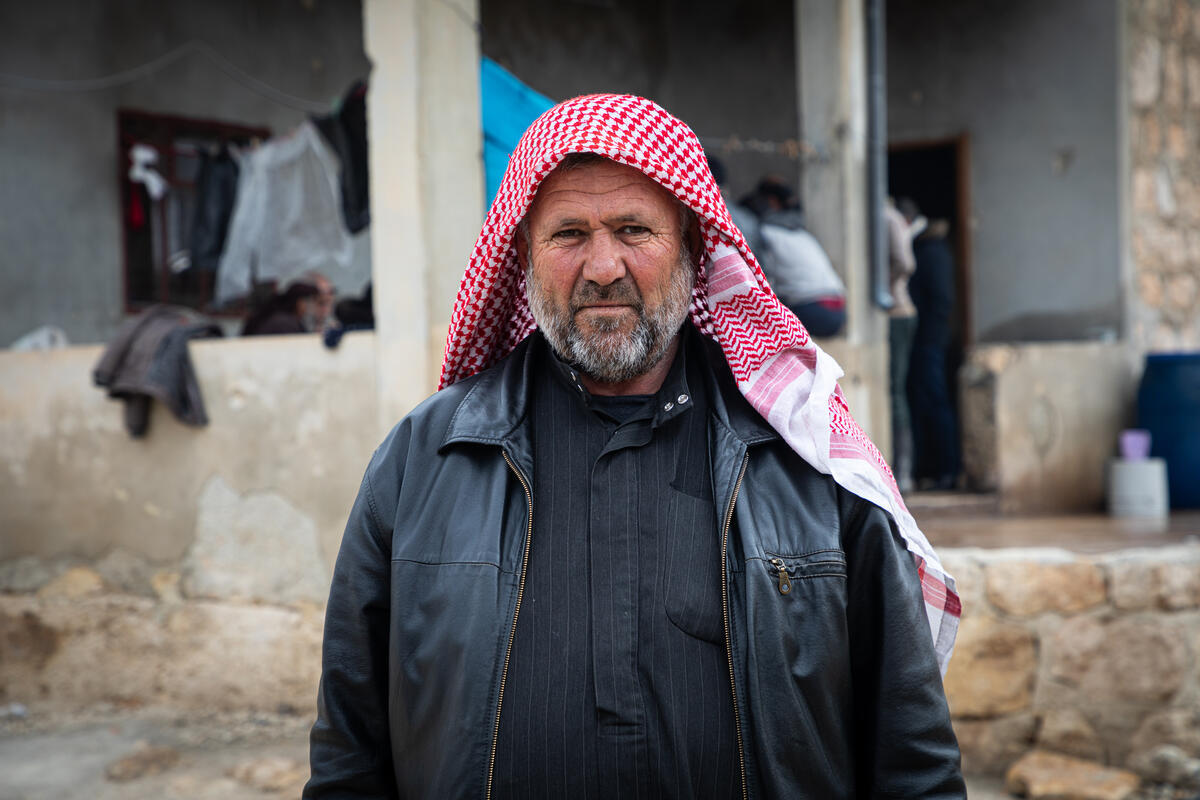
Abdel Hamid Al-Hashimi, 51, stands outside his family's rehabilitated home in Barneh village, southern rural Aleppo.
When they came back in 2020, the house they had called home was a wreck. “We returned with nothing,” said Al-Hashimi. “We left all our belongings behind. We had nothing at all.” The house, he added, “had no doors or windows”.
Every winter, as temperatures plummeted, Al-Hashimi and his family would hang plastic sheeting and blankets across the openings in a desperate attempt to keep out the cold, rain and wind.
“Winter here is harsh,” he said. “We burned anything we could find to keep warm [but] without proper doors and windows, we didn’t feel secure at all.”
Making a house a home again
That all changed when UNHCR, the UN Refugee Agency, installed new windows and doors as part of a programme of home rehabilitation to help displaced Syrians live in safety, warmth and dignity when they return home.
“There is a big difference between living without a door and having one. Previously, we didn’t feel warmth – even when we turned on the heater, because the cold air was coming into the house from every side – but now, we’ve started to feel the warmth.”
The intervention gave some hope and comfort to Al-Hashimi and his household of 10, including his wife, who suffers from back pains, and a two-year-old grandson with a mental disability.
They now have sturdy doors and windows that keep out the cold and allow a measure of privacy indoors, as well as a solar-powered light which helps mitigate the unreliable electricity in their rural village.
The rehabilitation programme has reached 71 vulnerable families in Barneh so far.
Optimism amid a continuing crisis
During Syria’s long crisis, 13 million people have been forced to flee their homes and there remains a great deal of uncertainty following the collapse of President Bashar al-Assad’s regime in December.
The situation in Syria is fluid and far from stable, with 1.1 million people newly displaced during the offensive that ousted the former president, and more than one in five being displaced for at least the second time. While some 522,000 have since returned home, others are still displaced.
Even before these most recent upheavals, there were over 7 million internally displaced Syrians, and for the many millions of Syrian refugees who remain outside the country, deciding when to return is a difficult and fraught process.
Having a safe, functional home to return to is a critical consideration as people make up their minds whether to return or not, meaning UNHCR’s work to support Syrians with safe and warm shelter helps address one of the obstacles to return identified by refugees.
With basic services, food and fuel all in short supply, UNHCR is working hard to address the critical needs of displaced and returning Syrians.
Interventions as simple as replacing doors and windows in damaged homes can help make return a more viable and sustainable option.
“We returned with nothing.”
For Al-Hashimi it was a meaningful change. “We feel warm, and for the first time in years, we feel safe. The doors used to be open, leaving us exposed, now we finally have a sense of security.”
For the first time in years, winter does not mean unbearable cold and suffering for the family, and there is another reason for optimism: Al-Hashimi’s son who was displaced to Türkiye during the crisis is planning to return home to Barneh soon.
At last, the future looks a little brighter for Al-Hashimi. “We aspire to live in peace and security, to restore our homes and village, to live in an atmosphere filled with love and harmony, and to have a prosperous life,” he said.
As millions of other Syrians now look forward to a new beginning, the assurance of a safe, warm and decent home is an important early step.
“For the first time in years, we feel safe.”


